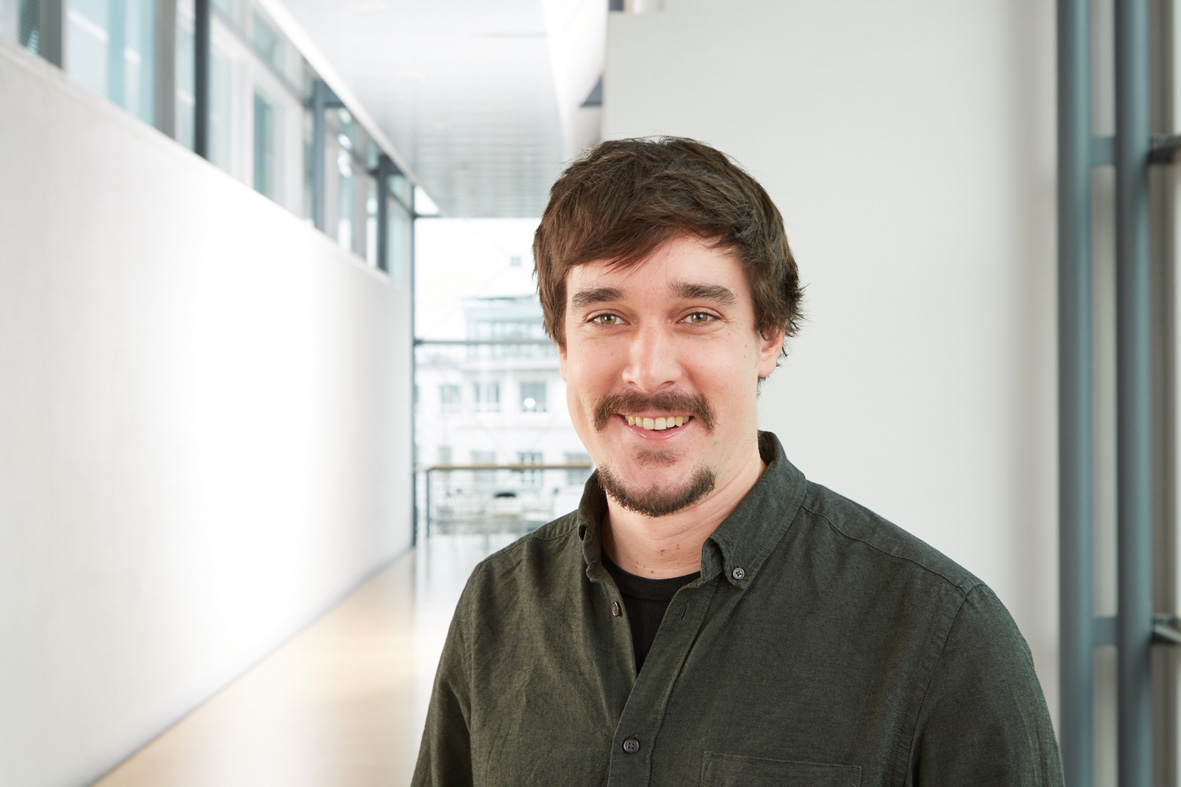Felix Predan Receives Eva-Mayr-Stihl Young Scientist Award 2020 of the University of Freiburg
For the second year in a row, the Eva-Mayr-Stihl Young Scientist Award of the University of Freiburg goes to a young scientist from the Fraunhofer Institute for Solar Energy Systems ISE. Dr. Felix Predan received the award for his dissertation entitled "Development of highly efficient four-junction solar cells based on antimonides," which he wrote at the Department of Sustainable Systems Engineering (INATECH), University of Freiburg and at Fraunhofer ISE. As part of his work, Felix Predan developed a novel four-junction solar cell based on gallium antimonide (GaSb). With numerous innovative process technologies, a solar cell efficiency of 43.8% under concentrated sunlight could be demonstrated. This efficiency value represents one of the highest efficiencies ever published for the conversion of solar energy into electrical energy. Due to the special circumstances this year, the prize was awarded in the form of a video message by Rector Prof. Dr. Kerstin Krieglstein, instead of at a presence event.
Photovoltaics is a mainstay of a sustainable energy supply. For almost four decades, scientists at Fraunhofer ISE have been working on technologies that help reduce the cost of generating electricity. The focus is on maximizing cell efficiency - as in Felix Predan's dissertation. He is working on multi-junction solar cells, which consist of different semiconductor layers. Each of these layers converts a specific part of the solar spectrum into electrical energy, which enables the highest possible efficiencies when combined. These types of solar cells use concentrated sunlight and therefore are particularly suitable for sunny regions with a high proportion of direct solar radiation. For his doctoral thesis, Felix Predan developed a novel four-junction solar cell based on antimonides.
Four-junction solar cell with 43.8% efficiency under concentrated sunlight
In this concept, a triple-junction solar cell is grown inverted on a gallium arsenide (GaAs) substrate in an epitaxy process. In parallel, a separate gallium antimonide (GaSb) sub-cell is grown on a GaSb substrate in the same process. These partial solar cells are monolithically combined in an innovative wafer bonding process and processed to an electrical device.
The main research topics covered several aspects: the development and optimization of argon-beam-activated wafer bonding with antimonides; the metal organic vapor phase epitaxy of antimonides to realize a suitable high-efficiency sub-cell; the optimization of a suitable process route in the clean room as well as extensive theoretical modeling to first identify optimization potential and, based on this, to successively increase the efficiency of the four-junction solar cell.
"In the end, an efficiency of 43.8% under concentrated sunlight was demonstrated, which represents one of the highest efficiencies for the conversion of solar energy into electrical energy,” says a delighted Dr. Felix Predan. And, even more is expected. "By evaluating further routes to optimize the solar cell developed here, we have been able to show that it represents a promising basis for achieving efficiencies of over 50%,” adds Prof. Dr. Stefan Glunz, division director of Photovoltaic Research at Fraunhofer ISE. "The work represents an important milestone on the way to further cost reductions in electricity generation.”
The Eva-Mayr-Stihl Young Scientists Award is awarded annually by the foundation of the same name. It distinguishes young researchers for outstanding dissertations in the field of sustainability research. The prize is endowed with 2,500 euros.
Last modified:
